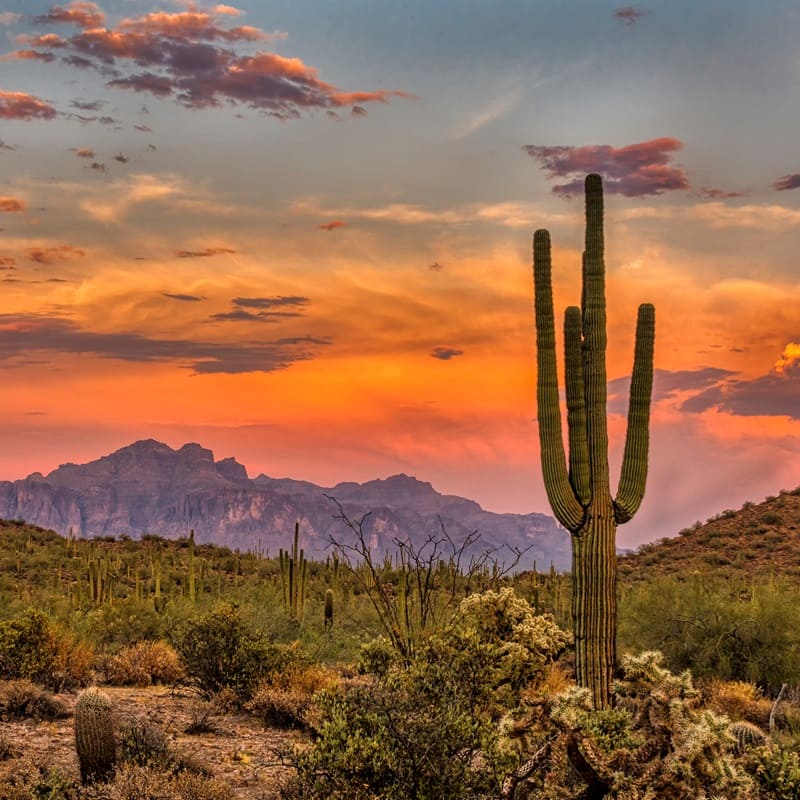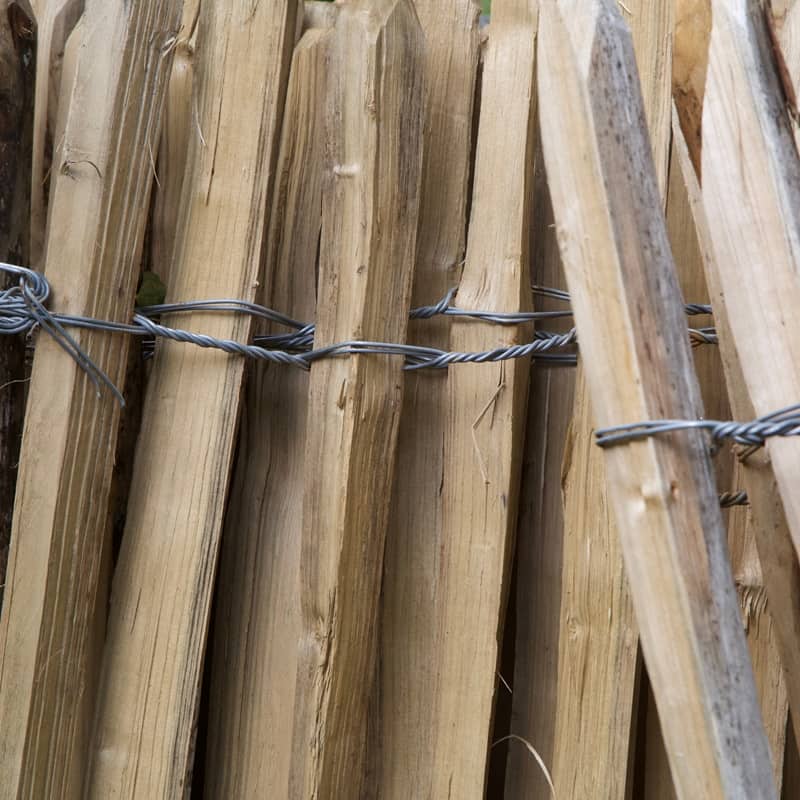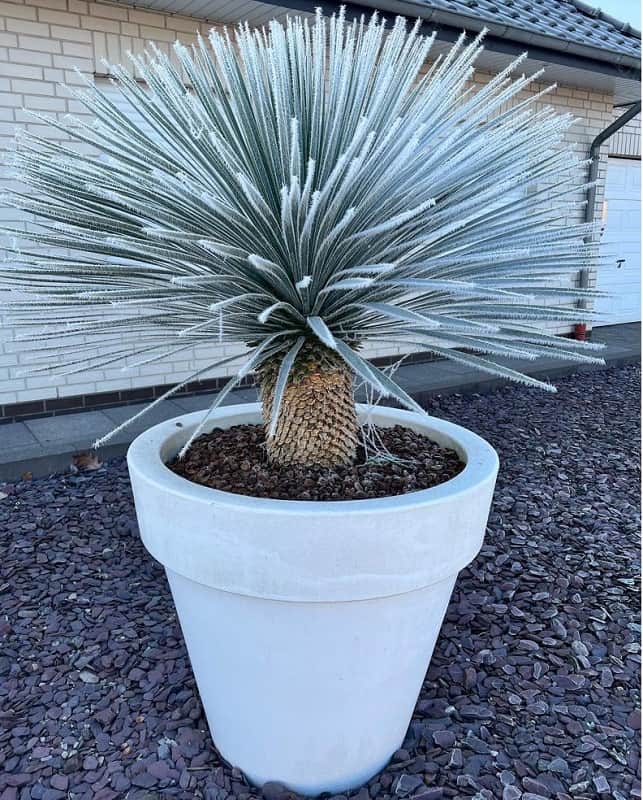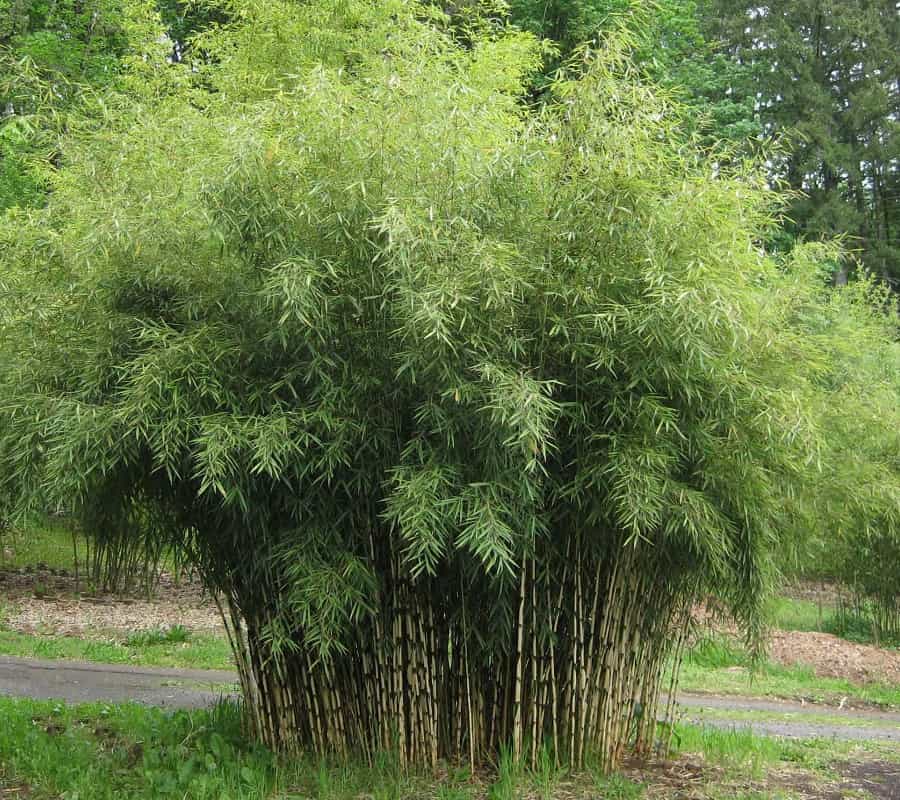
How do desert plants survive in extreme conditions?
Desert plants are masters of adaption when it comes to surviving the barren circumstances in their native area. Long periods of heat and drought meant they had to adapt to a life with minimal nutrients and water. MyPalmShop will explain some of these adaptations that desert plants have developed to survive the barren desert circumstances.
Minimal amounts of water
One of the most important adaptations is their ability to survive with minimal amounts of water. Many desert plants have deep roots, which allows them to absorb water from the deeper layers. Other desert plants have small leaves or no leaves at all, so they do not lose water through vaporization. Some plants store water in their trunk, branches or leaves, whilst others create a layer of wax that helps reduce water loss.
Efficient use of sunlight
Desert plants are also very efficient with the use of sunlight. To prevent overheating, desert plants often have small, rounded leaves with less surface than large, flat leaves. That way, sunlight is absorbed less intensively (and prevents additional water vapour). Some plants have hanging leaves as well, so that they absorb less sunlight. Last but not least, some plants have holes or dents between leaves, allowing air circulation, which helps reduce heat.
Branch adjustments
Another adjustment desert plants have, is that their branches adapted too. Some have flat branches, so that they have more surface to absorb sunlight. Others have thorns or spines to protect themselves against being eaten. There are also desert plants that have thicker thorns that are filled with water, functioning as a water storage as well.
Reducing vaporization
Desert plants have developed ways to reduce water loss as well. One of them is the production of a wax layer that covers the surface of the leaves. This shields the plant against the harsh sun and reduces water loss. Another method desert plants have developed is growing hairs on top of the leaves, that also reduce water loss through vaporization. Stomata, the pores of a plant that allow the plant to take in CO2, have also adapted to only open during the colder times of the day.
Climate change
It is important to understand how desert plants survive, as this knowledge may help us find solutions for challenges such as climate change. By utilizing plants that can withstand drought and heat, which might become more common due to climate change, we can reduce the effect it has.
Conclusion
Desert plants are masters of adaption and can thrive in the extreme circumstances they can be found in. They use minimal tools to efficiently utilize sunlight and water. These adaptions make these plants unique, but also vital to the ecosystem of deserts. At MyPalmShop, you can find a large range of desert plants that are suited for various climates (including indoors).





Comments (0)